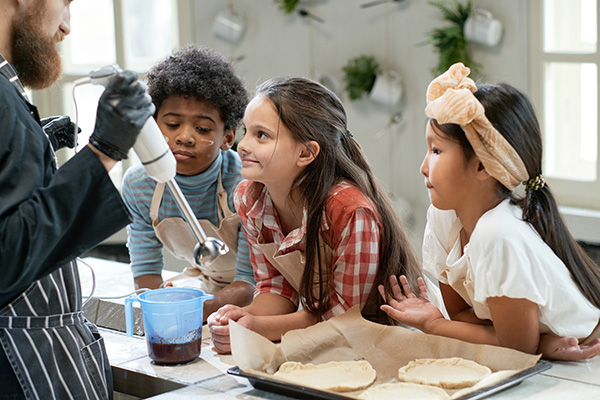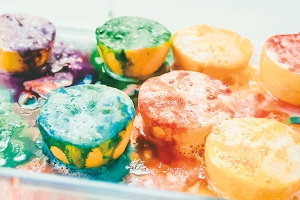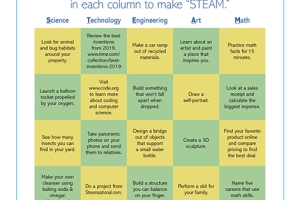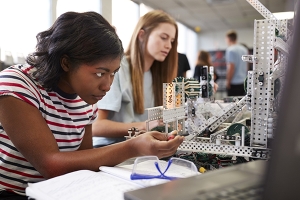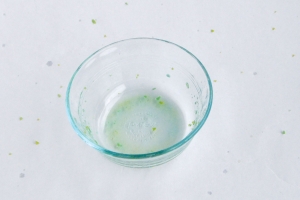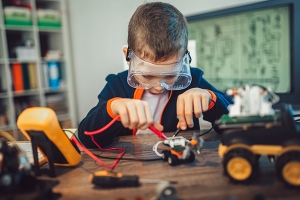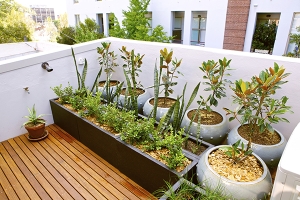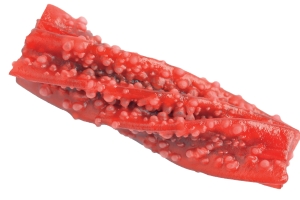
Do you have a few extra eggs in the refrigerator? Eggs make perfect science experiments. Be warned—this investigation takes a few days. You will need a little patience, but it’s definitely worth the wait.
Materials:
Raw egg
Clear jar or cup
Vinegar
Refrigerator
To Do:
1.) Place the egg in the cup and cover it with vinegar.
2.) Look closely at the surface of the egg. What do you notice? You may see bubbles forming on the outside of the shell.
3.)Place the cup with the egg in the refrigerator for 24 hours.
4.)On the second day, carefully pour the vinegar into the sink.
5.) Now, cover the egg with fresh vinegar and return the cup to the refrigerator.
6.) Leave the cup in the refrigerator for another six to seven days. You can check on the egg periodically, but don’t disturb it too much. Be sure to pay attention to the bubbles coming off of the egg.
7.) After a week, remove the cup from the refrigerator and carefully pour off the vinegar.
8.) Gently lift the egg out of the cup and rinse it with water. What do you notice? What happened to the shell?
Now Try This:
Repeat the investigation with a hardboiled egg. What do you notice about the texture of the egg after it sits in vinegar for a few days? Would you get the same result if you used another type of liquid such as lemon juice or soda? Try it and find out!
What’s Going On?
The egg’s shell is made of calcium carbonate. This is what makes the shell hard and gives it its strength. Vinegar is actually a type of acid, called acetic acid. The vinegar reacts with the eggshell, causing the shell to break down. This chemical reaction produces the carbon dioxide gas bubbles that you see on the surface of the egg. Once the shell is completely gone, the only thing that remains is the delicate membrane of the egg. Some of the vinegar actually enters this membrane, making the egg a bit bigger. If you try this investigation with a hard-boiled egg, you will notice that the egg feels very rubbery.
-----------------------
Debbie DeRoma is the Education Manager at the Reuben H. Fleet Science Center.
